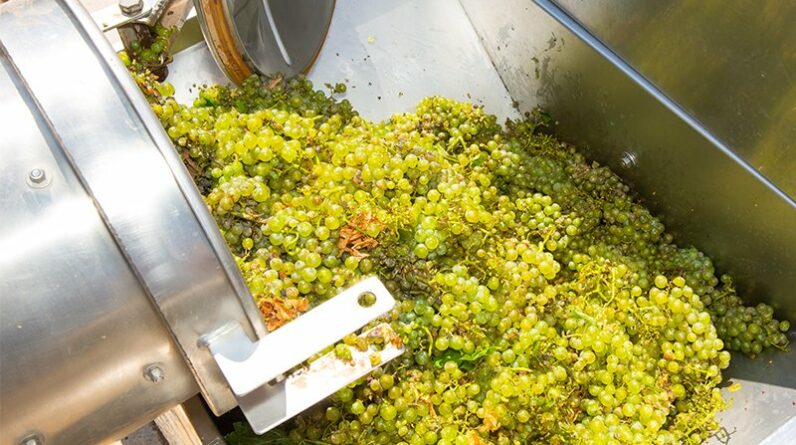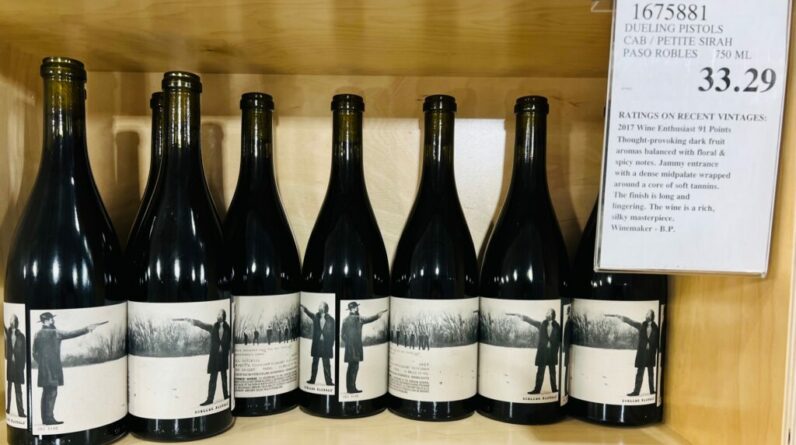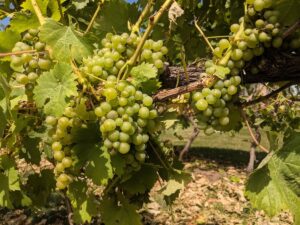[ad_1]

The global wine industry is in the midst of facing its biggest challenge ever: climate change. What I’m hearing from wine producers everywhere is that extremely erratic weather has become the new norm. They never know what to expect from year to year, a bountiful harvest with near-perfect conditions or, more often than not, dreadful weather resulting in a sharp drop in wine production. Fires, frost, hail, high winds, extreme heat and drought—you name it, they get it.
Brunello di Montalcino, Italy’s Revered Sangiovese, Suffers Heat and Drought
During a tasting of the latest release of Brunello di Montalcino wines (the 2017s) in NYC earlier this year, wine trade and media heard about the vintage’s unrelenting heat which, combined with little to no rain, spelled near disaster for a region highly prized for its Sangiovese wines.
“In April there was some frost damage, which fortunately wasn’t too severe,” said Lars Leicht, VP of Education for The Somm Journal and a presenter at the tasting, “but it was super hot with subtropical temperatures in July and August and there was a drought from spring straight through summer.”
Leicht says the producers were worried about grapes getting sunburned, shriveling and shutting down from stress.
“Fortunately,” he said, “September came along with lower temperatures and a little rainfall, and then October brought consistently mild temperatures in which the grapes reached full ripeness. The results from spring frost and heat shriveling were reduced quantities, yet the wines are showing beautiful aromatics—what you would expect from Brunello.”
Emergency Measures
To safeguard the 2017 harvest, producers were able to water the vines, a practice allowed under only the most extreme conditions. In the past, only dry farming of Montalcino’s vineyards was permitted due to a fear that some producers would use irrigation to produce larger, lower-quality grapes—more juice means more wine to sell. However, nowadays, with off-the-charts heat and drought occurring more frequently, irrigation can be the only way to save entire harvests.









